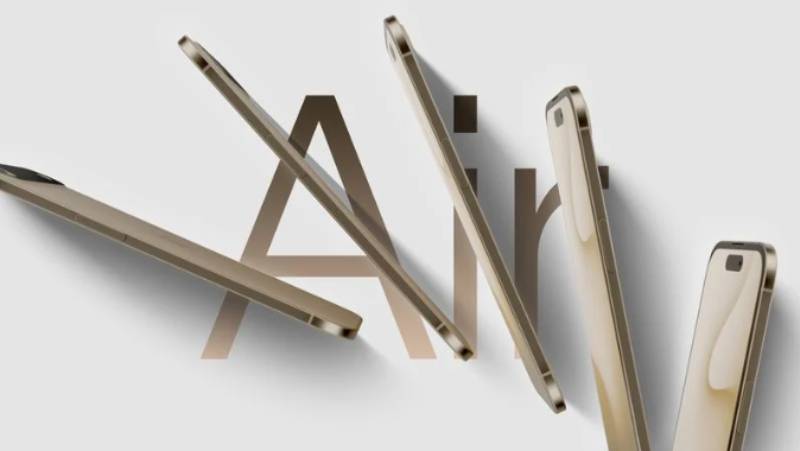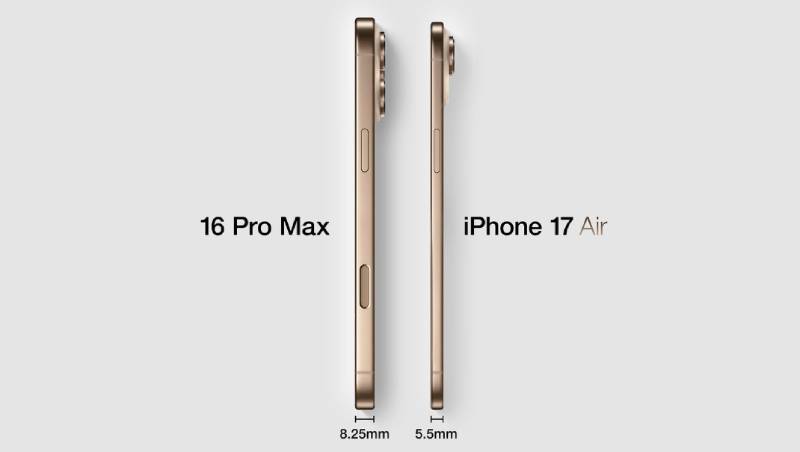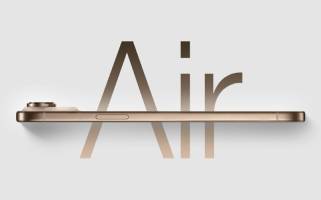In the smartphone market, Apple has always been a leader in innovation and design. In 2025, Apple is set to unveil a highly anticipated new model — the iPhone 17 Air. This phone not only represents a new breakthrough in Apple’s thin design but also heralds a new direction for the future development of smartphones. Today, let’s explore the charm of the iPhone 17 Air together.

Design: The Perfect Blend of Thinness and Aesthetics
The design of the iPhone 17 Air is undoubtedly one of its biggest highlights. With a thickness of only 5.5mm, it is the thinnest iPhone ever. Apple has adopted a titanium-aluminum frame in its design, which not only makes the body thinner but also enhances the overall robustness. This material choice not only reduces the weight but also gives the phone a unique texture.
In addition, the iPhone 17 Air is equipped with a 6.6-inch OLED display that supports 120Hz ProMotion adaptive refresh rate technology and has an always-on display function. This design not only makes the screen display smoother but also allows users to view the time and notifications without turning on the screen.

Technology: Innovation Meets Practicality
The iPhone 17 Air is more than just a thin phone. It is equipped with a number of cutting-edge technologies. The combination of the A19 chip and 8GB RAM ensures powerful performance and efficient processing capabilities. In addition, Apple’s self-developed 5G modem chip and Wi-Fi 7 technology further enhance the speed and stability of network connections.
In terms of imaging systems, the iPhone 17 Air is equipped with a 24-megapixel front camera and a 48-megapixel single rear camera. Although there is only one rear camera, its performance is still outstanding. In addition, the iPhone 17 Air will also support MagSafe wireless charging, further enhancing the convenience of use.
User Experience: Smarter and More Convenient
The user experience design of the iPhone 17 Air is also worth paying attention to. It is equipped with a camera control button and an action button, which allows users to control the camera and perform other operations more conveniently. In addition, Apple plans to eliminate the physical SIM card slot in more countries and switch to eSIM technology. This not only saves space but also makes the phone design more streamlined.
Conclusion
The launch of the iPhone 17 Air is not just an update in Apple’s product lineup but a bold exploration of future smartphone design. Its thin design and advanced technology lay the foundation for the development of future models. With continuous technological progress, we have every reason to believe that future iPhones will be even thinner and more powerful, delivering an even better user experience.
